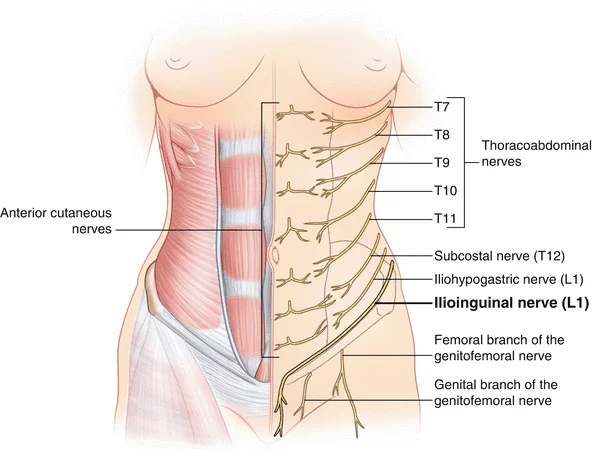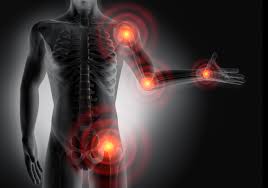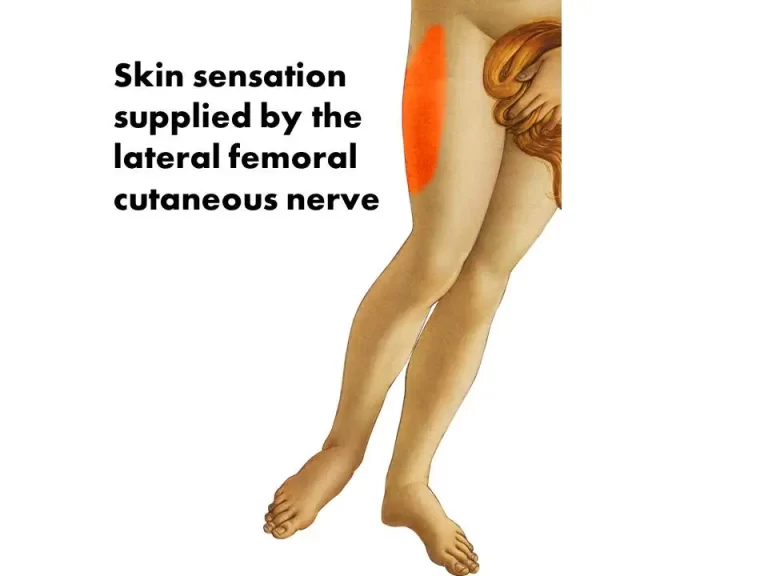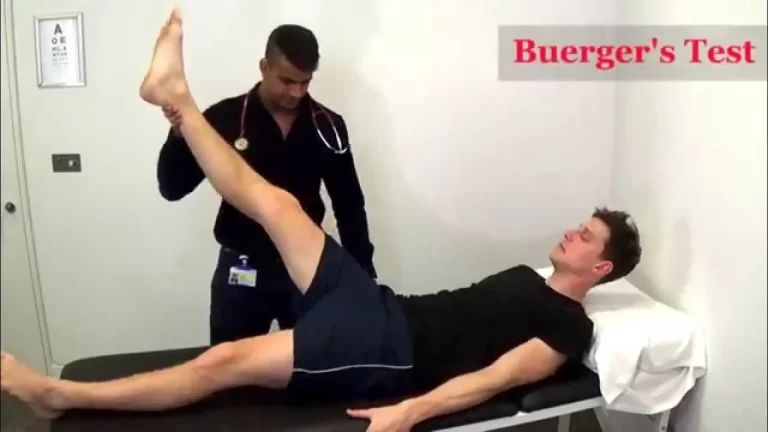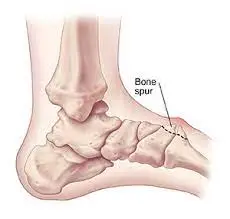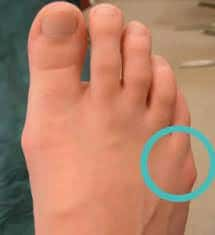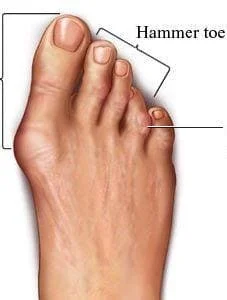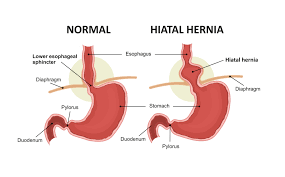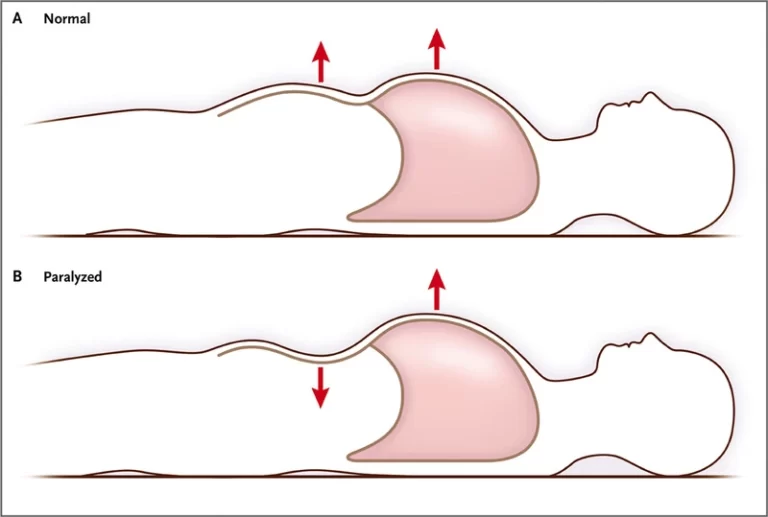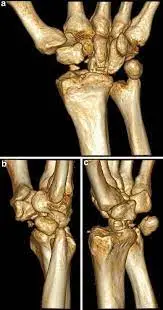Ilioinguinal Nerve Entrapment
What is an Ilioinguinal Nerve Entrapment? Ilioinguinal nerve entrapment refers to a condition where the ilioinguinal nerve, which runs through the abdominal and groin area, becomes compressed or irritated, leading to pain, discomfort, or other sensations in the region supplied by the nerve. The pain might radiate down the leg or be localized to specific…

